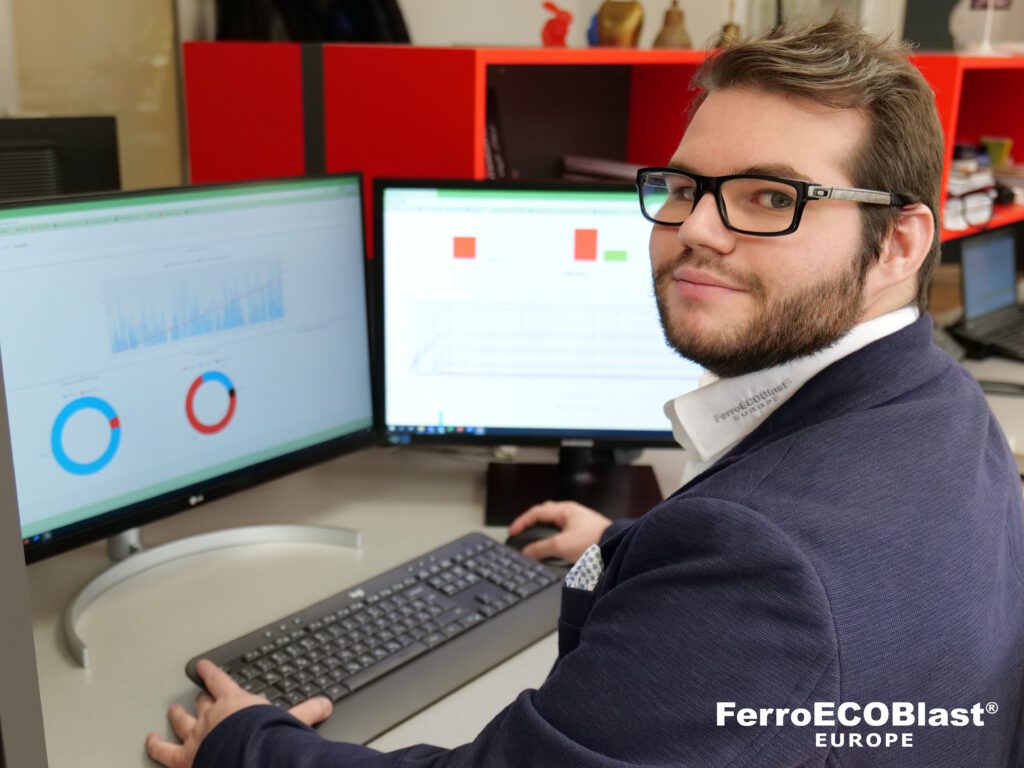Digital transformation [Part 1]
![<h2>Digital transformation [Part 1] </h2>](/storage/_sites/ferrokorpo/app/media/Blog/Corporate/Digital_transformation.jpg)
At FerroČrtalič, we recognized early on the need for implementing an intensive digitalization process over our overall existence and operations – and the opportunities that arise as a result. These are particularly evident in our case, since we are one of the world's leading providers of surface treatment solutions operating in a global niche market. But to build a digital business model is perhaps an even greater challenge and opportunity than the digitalization of business processes with all associated optimizations.
Introduction - "New kids on the block"
Digitalization, digital transformation, digitization, digitalization of business processes, and so on. Lately we have been bombarded with such and similar very technical-sounding and learned expressions, which tend to leave an average Joe feeling a bit intimidated…
But what is it really all about?
It's not as complex as it may sound to an untrained ear! It's simply a matter of the need to adapt our daily activities (both personal and business) to the times in which we live. And that's it, as simple as that. Because we live in a time of ubiquitous digitalization, we are forced to adapt our mode of operation accordingly, or in more learned terms, to undergo a digital transformation. Here's an example: we all know how to use smartphones, but many of us still remember the "real" telephones plugged into a wall outlet, with a wired receiver and a rotary dial for numbers that belonged exclusively to telephones. Still, we didn't make any fuss over digitalization when we substituted those phones for newer ones and – after making several new phone purchases – arrived at the devices of today which are everything but telephones.

The same goes for businesses. They must also adapt their processes and ways of doing business to the times in which they operate. Does anyone still remember what a TELEX was?Who would still know how to send a TELEFAX? Today we communicate differently. E-mail is the queen of the present day!
But there is a bit of a catch when it comes to businesses. As it is, the speed of their adaptation and change doesn't depend entirely on their good will… One might even say that it doesn't depend on it at all. In businesses, the key driver of change is the current requirements and future expectations of customers. It's customers, or the market, that dictate the dynamic of change in companies. Taking it one step further, one can say that the most successful and most visionary businesses try to organize their operations "in advance" based on their projections of what their customers, or the market, are going to want in the future. If they succeed in doing so, they gain a huge advantage over competitors and greatly improve their market position as a result.

But this is where things start to get a little complicated, right? Who can know for certain what tomorrow brings? No one. Not to mention the day after tomorrow. And yet, this is the modern battleground for today’s businesses. In this field, the bloodiest battles are being fought today in order to secure control over one's piece of the global market tomorrow!
It's not the biggest and strongest who thrive, or the ones with the most resources, or those who currently dominate their markets. Success belongs to businesses that manage to best understand, foresee and incorporate into their operations tomorrow's expectations and wishes of their customers! And such businesses are typically "new kids on the block". This is also precisely the case with us. At FerroECOBlast, too, we are "new kids on the block", whose aspiration is to breathe digital future into our rather traditional industry of mechanical engineering. But how, with what, in what way?!
More on that will follow in the next episode of the blog. See you soon, and until then, best regards analogue-style!
